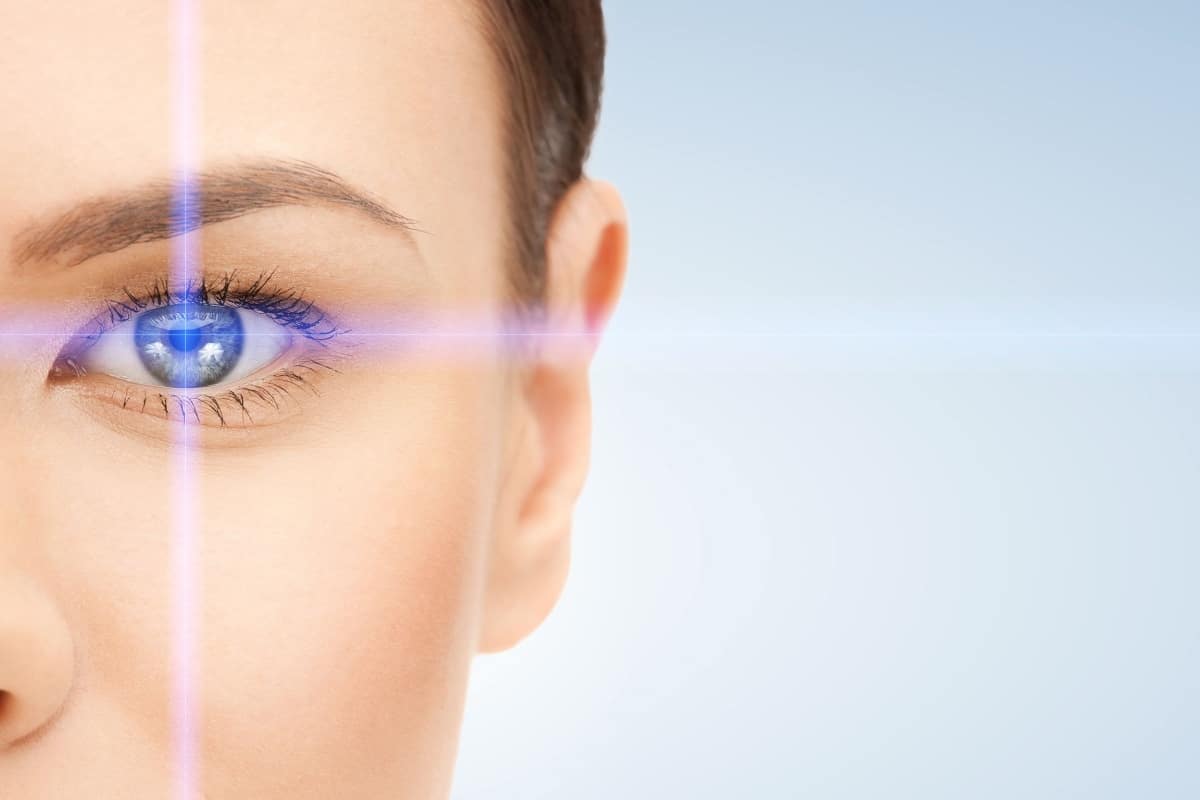Diabetic retinopathy is the most common eye disease that people with diabetes suffer from. Highly trained and experienced, our team at Eye Clinic of Austin takes the time to diagnose the disease properly and understands the best ways to treat it.
What is Diabetic Retinopathy?
Diabetic retinopathy is a disease caused by the deterioration of the blood vessels nourishing the retina. These vessels weaken, leak fluid, and fail to provide the nutrients necessary for a healthy retina.
Causes
The disease diabetes is the cause of diabetic retinopathy. Approximately 25% of diabetics have some form of the disease, but only a small percentage of those who develop diabetic retinopathy have serious vision problems; an even smaller percentage go blind. The longer a person has diabetes, and the worse the diabetic control, the greater the chance of developing diabetic retinopathy or any other complication of this disease. Everyone with diabetes should have a dilated eye exam every year to detect the disease.
Symptoms & Treatment
Diabetic retinopathy typically affects both eyes, and many patients do not notice any change in vision in the early stages of the disease. However, over time the disease worsens and can cause vision loss. When patients notice symptoms of diabetic retinopathy, they typically experience blurred vision or distortion, objects looking smaller or larger than normal, and floaters may appear.
The most important treatment is prevention by maintaining excellent diabetic control. Treatment of diabetic retinopathy depends on the location of the disease and the degree of damage to the retina. If retinopathy occurs only in the peripheral retina, careful monitoring of the disease may be all that is necessary. When retinopathy affects the central vision, laser treatment or injections of special medications inside the eye are usually required to halt further progression of the disease.
In laser treatment, ophthalmologists use a laser to seal the blood vessels that have leaked, which stops the growth of new, abnormal blood vessels. Laser treatment may not halt the disease entirely but can reduce further vision loss by delaying more advanced stages of the disease. Laser treatment and other treatment of advanced diabetic retinopathy are usually performed on an outpatient basis.
Early diagnosis and treatment are vital to preventing visual loss from diabetic retinopathy. If the disease is detected early and managed diligently, its more sight-damaging stages can be arrested or slowed. With careful monitoring, treatment of diabetic retinopathy can begin before sight is affected.
At Eye Clinic of Austin, we recommend diabetic patients schedule a dilated eye exam each year. Our team will examine your eyes for any issues related to diabetes, and we have the experience and technology to ensure early diagnosis and appropriate referral for treatment if needed.
Our Technology
Eye Clinic of Austin utilizes state-of-the-art technology to assist in the diagnosis and progression of eye diseases, including diabetic retinopathy. Below are some of the devices that help us to ensure proper treatment.
Optomap
The Optomap non-invasively generates a high-resolution digital color image of the retina. The test takes less than one second and the images are immediately available to the eye doctor for review with the patient.
OCT (Optical Coherence Tomography)
A type of imaging technology, OCT produces cross-sectional images of the retina. All ten layers of the retina can be seen, which gives the eye doctor a way to measure the thickness of each layer. When taking these images at each eye appointment, we can monitor diabetic retinopathy development. The OCT test is extremely short, non-invasive, and the images are available for the doctor’s review immediately.
Testimonials
Eye Care Blog

Ensuring the health and well-being of our eyes demands careful attention and proactive measures. Among the most critical actions we can take is the use of sunglasses to shield our eyes from the sun’s damaging UV rays. This simple yet effective strategy plays a pivotal role in preventing potential harm and preserving our eye health […]

Prevent Eye Injuries This Spring with Protective Eyewear Spring welcomes warmer weather and longer days, enticing many to indulge in outdoor activities. However, this season also poses potential risks for eye injuries. Understanding the significance of protective eyewear is crucial for those with sensitive eyes. At Eye Clinic of Austin, our team is committed […]

In an evolving healthcare landscape, in-office surgery has become an appealing alternative to traditional hospital-based procedures, particularly for patients seeking quality eye care and various eye surgeries, such as corneal transplants or treatment for glaucoma. At Eye Clinic of Austin, our skilled eye doctors address concerns that are related to a range of eye conditions […]






